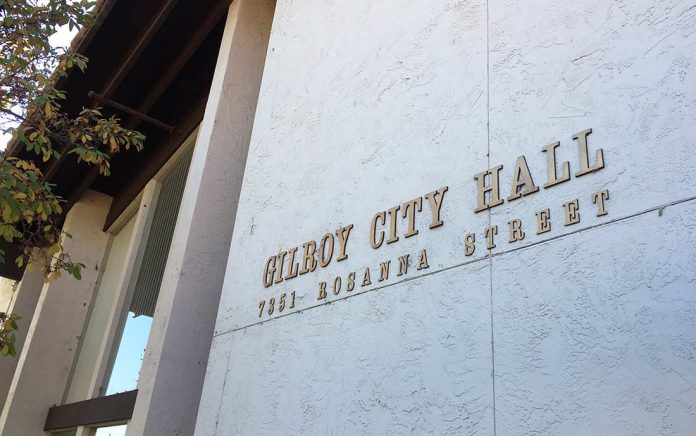Some members of the Gilroy City Council said having a local eviction moratorium ordinance would be redundant since the county’s and state’s recent actions already apply to Gilroy renters.
The council on April 6 voted 4-3 against a moratorium for both residential and commercial tenants. Councilmembers Peter Leroe-Munoz, Fred Tovar and Cat Tucker, who voiced support for a moratorium, voted against Councilmember Marie Blankley’s motion to reject the ordinance.
On March 24, the Santa Clara County Board of Supervisors passed its own eviction moratorium, which applies to not just the unincorporated areas of the county, but all 15 cities as well. The ordinance does not exempt renters from paying rent, but it halts evictions of those who have lost their jobs or wages because of the COVID-19 pandemic. It is expected to last through May 31.
Gov. Gavin Newsom on March 27 banned evictions statewide through May 31 for tenants impacted by COVID-19.
The California Judicial Council, meanwhile, announced on April 6 that it has suspended eviction and foreclosure proceedings throughout the unknown duration of the COVID-19 pandemic.
The proposed Gilroy ordinance is similar to the county’s and state’s moratorium, City Attorney Andy Faber said, but adds more protections for tenants, such as prohibiting landlords from forcing tenants to waive these rights. Gilroy’s ordinance would have also applied to small businesses, whereas the state’s does not.
In a letter to the council, local landlord Chris Vanni said Gilroy’s ordinance needed to have equal protections for landlords, who may not be able to pay for utilities or other services for their tenants due to lack of rent revenue.
“Landlords are just as likely to be affected as tenants are,” Vanni wrote. “This needs to be addressed, otherwise the result is landlords unfairly being asked to be the bearer of the burden, and many most likely not being able to recover from that burden.”
Mayor Roland Velasco said a local ordinance would be “symbolic,” adding that the county’s more stringent policy would supersede Gilroy’s.
“I think this is a feel-good measure,” he said. “Not so much for the community, but for ourselves.”
Tovar said it was important for Gilroy to have its own ordinance and not rely on the county and state, which could change their policies at any time.
“We owe it to our citizens to be at the forefront and create something,” he said. “It’s about doing the right thing for our residents. It’s not about free rent.”
City allocates funding for organizations
The Gilroy City Council voted on April 6 to allocate more than $250,000 from the city’s excess reserves toward organizations providing services during the COVID-19 outbreak.
Organizations approved for funding include $50,000 for St. Joseph’s Family Center, $50,000 for Project Sentinel, $50,000 for Gilroy Compassion Center, $12,500 for the Mt. Madonna YMCA Daily Senior Nutrition Program and “up to $10,000” for Youth Alliance. The Gilroy Chamber of Commerce and Visit Gilroy will also receive $20,000 to support businesses in applying for state and federal financial assistance programs. In addition, the council approved $75,000 to the chamber, Visit Gilroy and Articulate Solutions to create a marketing plan that encourages locals to patronize local businesses once the outbreak passes.
Most of the organizations are not guaranteed to receive the funding, Interim City Administrator Jimmy Forbis said, as they are required to provide documentation showing their need and their plan for the funds.
Gilroy is now left with roughly $750,000 in excess reserves, and Forbis said the city would likely be relying on those reserves to weather the economic downturn.
Forbis estimated the city would lose 80 to 90 percent of its sales tax and transient occupancy tax (TOT) revenues during the two-month shelter-in-place order, but warned that there is no guarantee the order will be lifted in May.
“We have to strike a balance between providing immediate financial assistance and also looking at the city’s long-term financial plan,” he said. “If we knew it was only going to be two bad months for sales tax and TOT, I don’t think it would be such a horrific thing for us to address. But we just don’t know how long this is going to last, and the longer it lasts, the longer it’s going to take for us to recover from it.”
Councilmember Dion Bracco said the council should be careful in how it spends the city’s funds, as it could be facing layoffs for city employees in the near future.
“We have no sales tax coming in right now,” he said. “We are going to be facing some dark days, and we need to start planning for it.”














